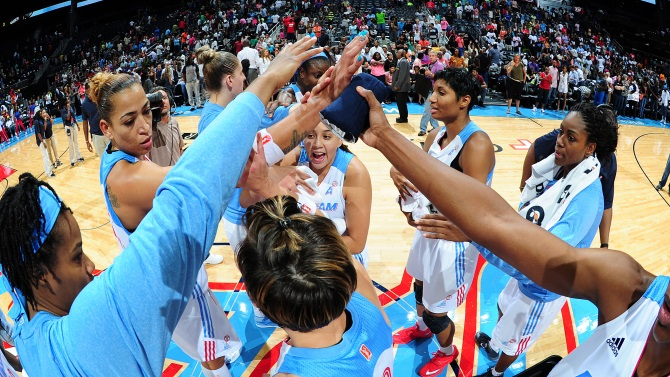Earlier this month, a ruling came down in U.S. District Court which favored annual payouts to college football and basketball athletes. The court decided to allow athletes to receive a portion of the millions of dollars made by the NCAA on behalf of their talents. They believed that the NCAA violated antitrust laws by restricting schools from compensating athletes beyond any scholarship limits. With that ruling, U.S. District Judge Claudia Wilken also suggested a cap limit. The NCAA is set to appeal the decision and may add the cap limit as an additional argument.
According to the Associated Press, Wilken said that the cap limit would be $5,000 per competition year. The judge suggested that the monies should be placed in a trust fund and only distributed to athletes after they graduate. However, the NCAA questions the consistency of the cap limit to the initial ruling.
“The cap is inconsistent with a judicial decision that the restraint (of trade) is unreasonable,” said Robert McTamaney, an antitrust lawyer with the firm of Carter, Ledyard & Milburn. “If the restraint is unreasonable out it goes, there’s no partial remedy under the Sherman Act and, frankly, judges aren’t supposed to construct one. Either it’s good or it’s not.”
Legal experts are also questioning how Judge Wilken came up with that number ($5,000).
In 2011, the NCAA Board of Directors approved a $2,000 annual stipend for athletes, but it was shot down when 125 schools petitioned against it. McTamaney believes that Wilken may have thought that the 2011 stipend was still apart of the legislation and just added on to that.
Now, the NCAA’s appeal will warrant the clarification of the antitrust law as it pertains to the cap limit.
If the NCAA broke the rules by restricting athletes from making money from gaming, merchandising, etc, then why is there a restriction placed on how much they’ll be compensated for?
To read more, click here.



